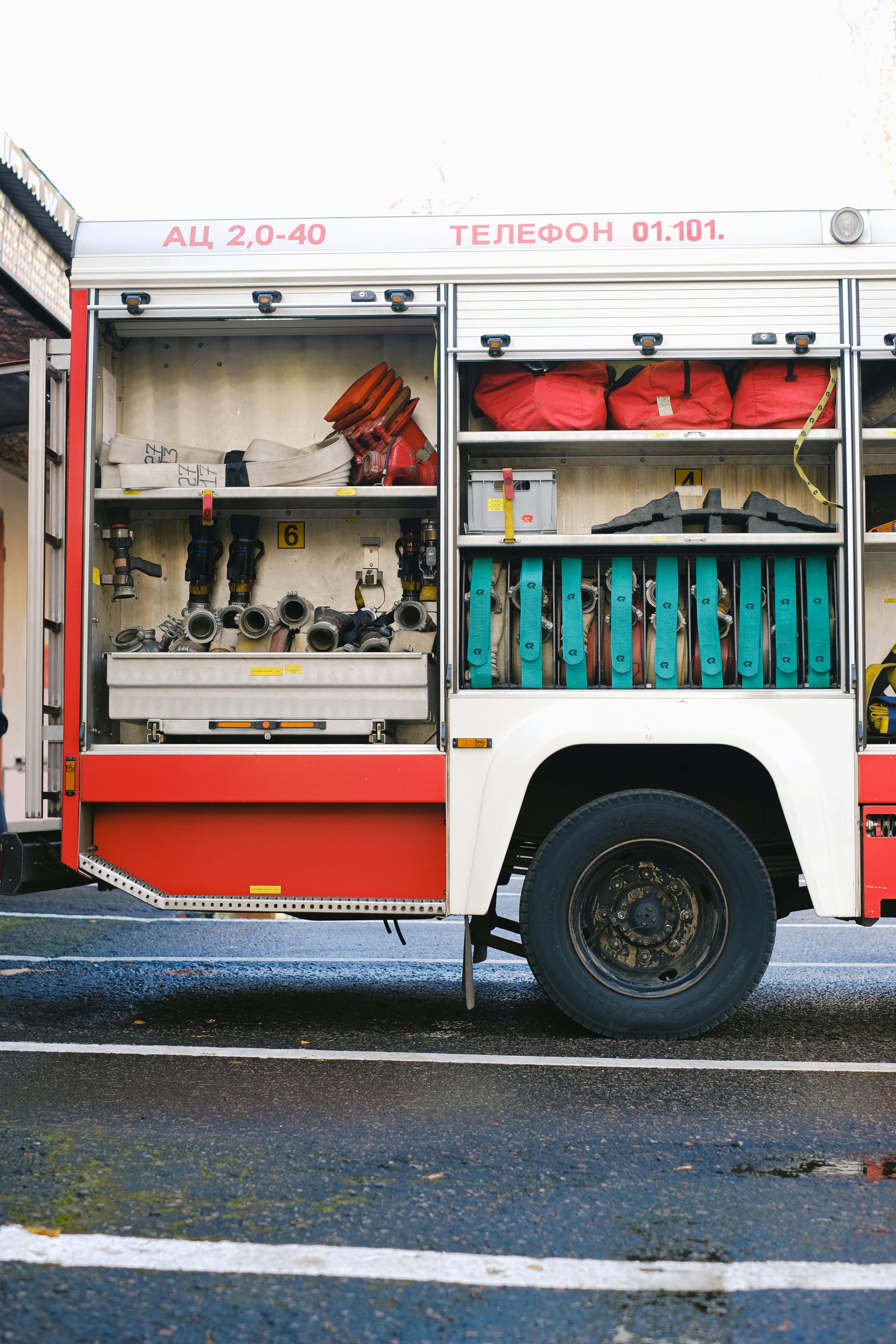How to Create a Fire Safety Plan for Your Home
Fire safety is a critical aspect of home safety that often goes overlooked until it’s too late. According to the National Fire Protection Association (NFPA), U.S. fire departments responded to an estimated 1.3 million fires in 2020, resulting in over 3,000 civilian deaths. Creating a fire safety plan for your home can significantly reduce the risk of injury and property damage. Here’s how to develop an effective fire safety plan.
Understanding the Importance of a Fire Safety Plan
A fire safety plan is essential for ensuring that all household members know what to do in case of a fire. It not only helps in preventing fires but also prepares everyone for a quick and safe evacuation. Here are some key reasons why having a fire safety plan is crucial:
- Prevention: Identifying potential fire hazards can help mitigate risks.
- Preparedness: Knowing escape routes and procedures can save lives.
- Peace of Mind: A well-prepared family is less likely to panic in an emergency.
Steps to Create Your Fire Safety Plan
1. Identify Fire Hazards
Begin by assessing your home for potential fire hazards. Common sources include:
- Cooking appliances
- Heating equipment
- Electrical systems
- Flammable materials
2. Develop Escape Routes
Designate at least two escape routes from each room, especially bedrooms. Ensure that:
- All exits are clear and accessible.
- Windows can be opened easily.
- Children and pets know how to escape.
3. Establish a Meeting Point
Choose a safe location outside your home where everyone can gather after escaping. This could be a neighbor’s house or a specific tree in your yard. Make sure everyone knows this meeting point.
4. Practice Regularly
Conduct fire drills at least twice a year. This helps reinforce the escape routes and ensures that everyone knows what to do in case of a fire. Involve all family members, including children, to make it a fun and educational experience.
5. Install and Maintain Smoke Alarms
Smoke alarms are your first line of defense against fire. Ensure that:
- Smoke alarms are installed on every level of your home.
- They are tested monthly and batteries are replaced at least once a year.
- They are replaced every 10 years.
Conclusion: Be Proactive About Fire Safety
Creating a fire safety plan for your home is not just a precaution; it’s a necessity. By identifying hazards, establishing escape routes, and practicing regularly, you can significantly enhance your family’s safety. Remember, the goal is to be prepared and informed, ensuring that everyone knows how to respond effectively in the event of a fire. Take the time to develop and implement your fire safety plan today—your family’s safety depends on it.

No responses yet